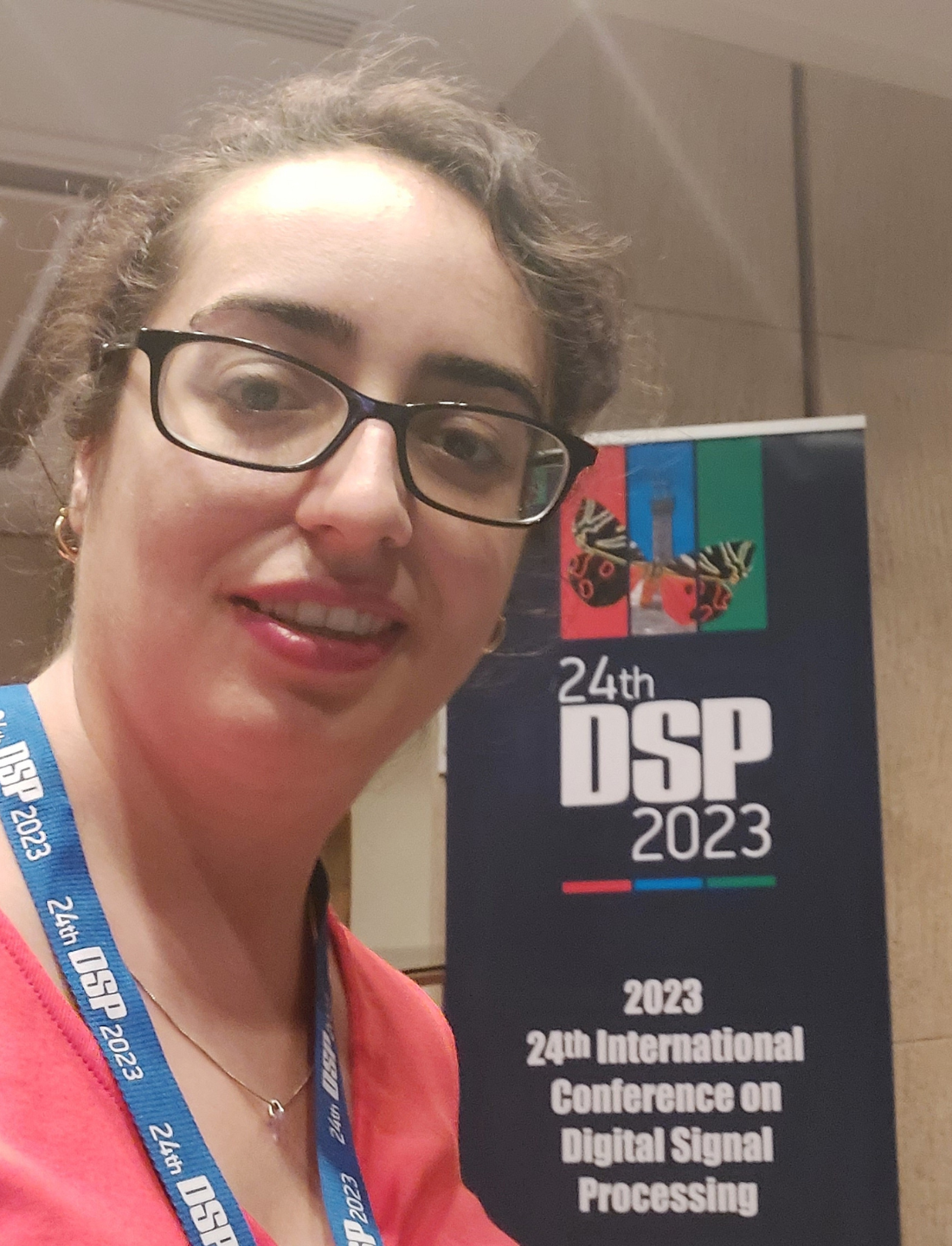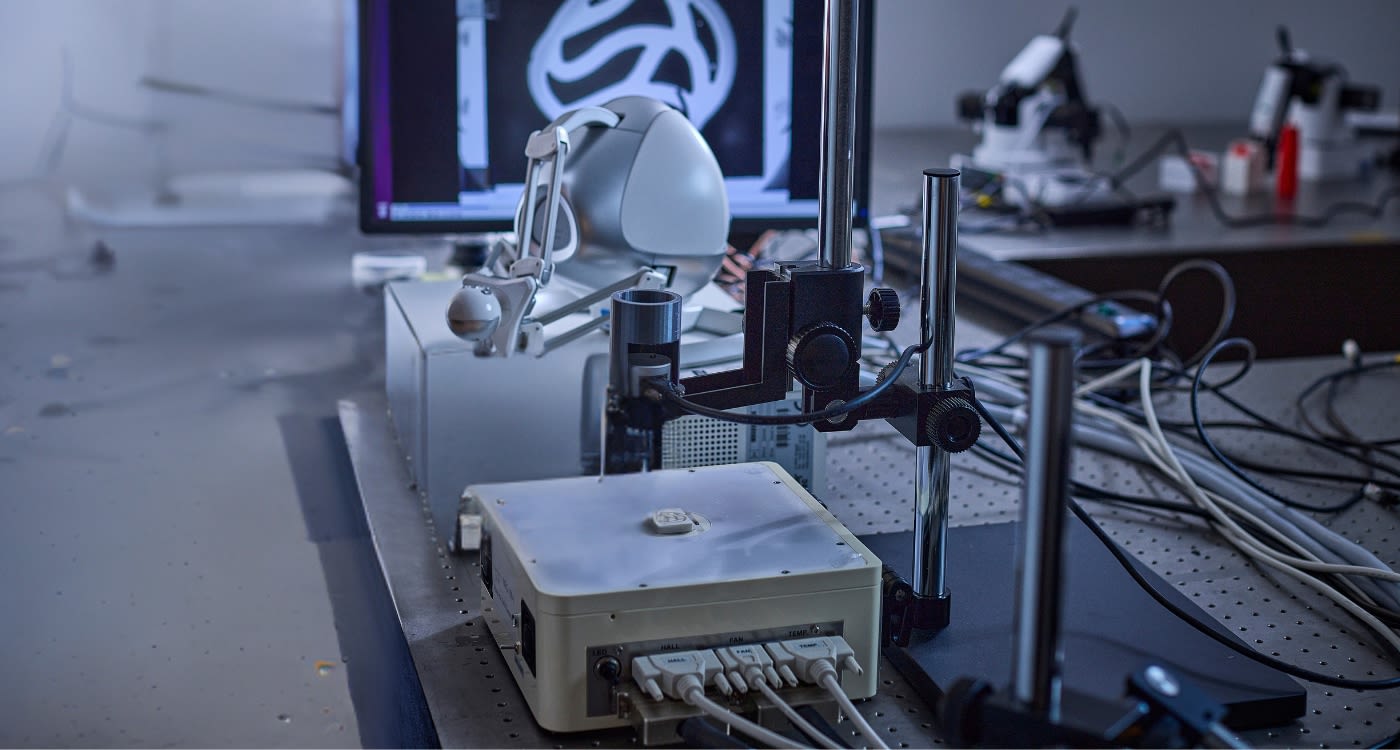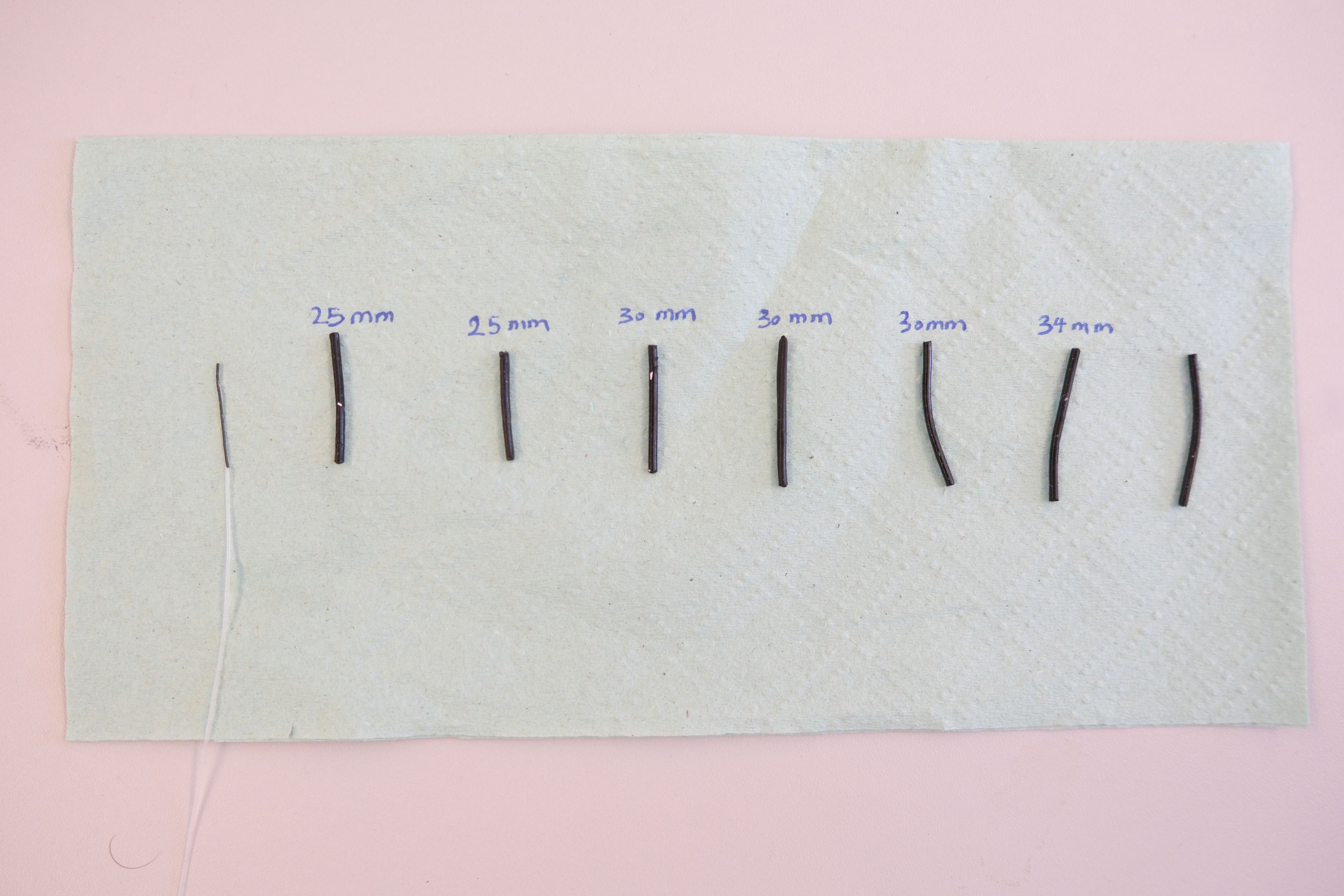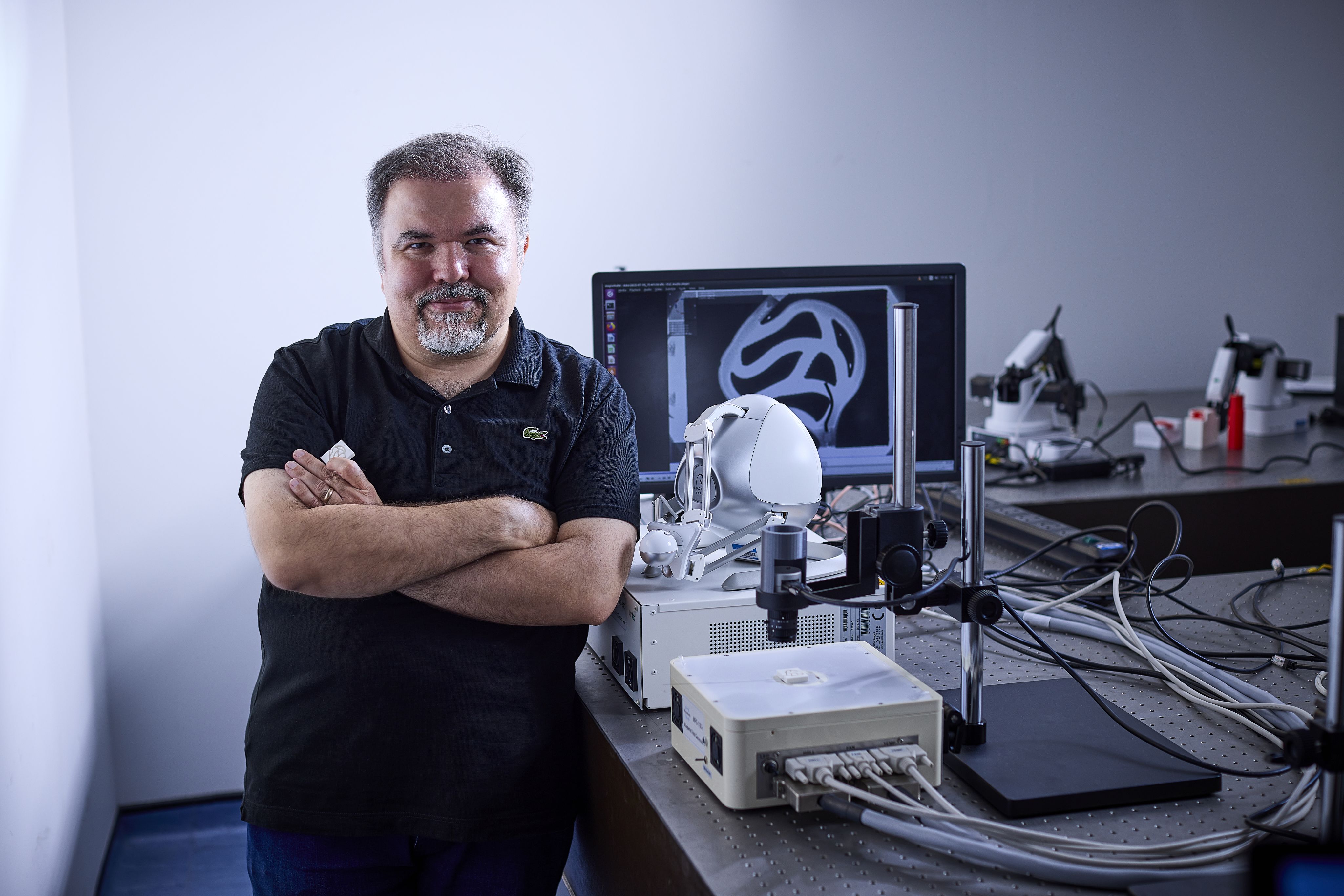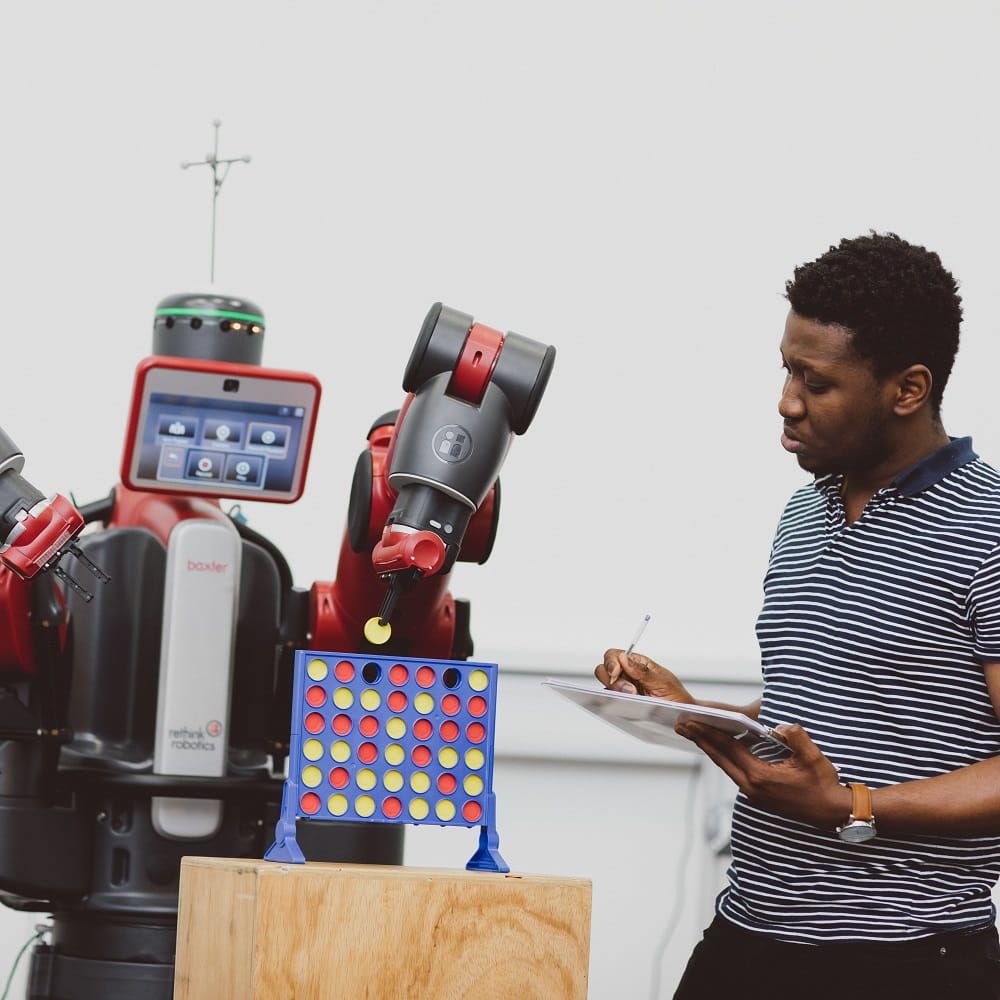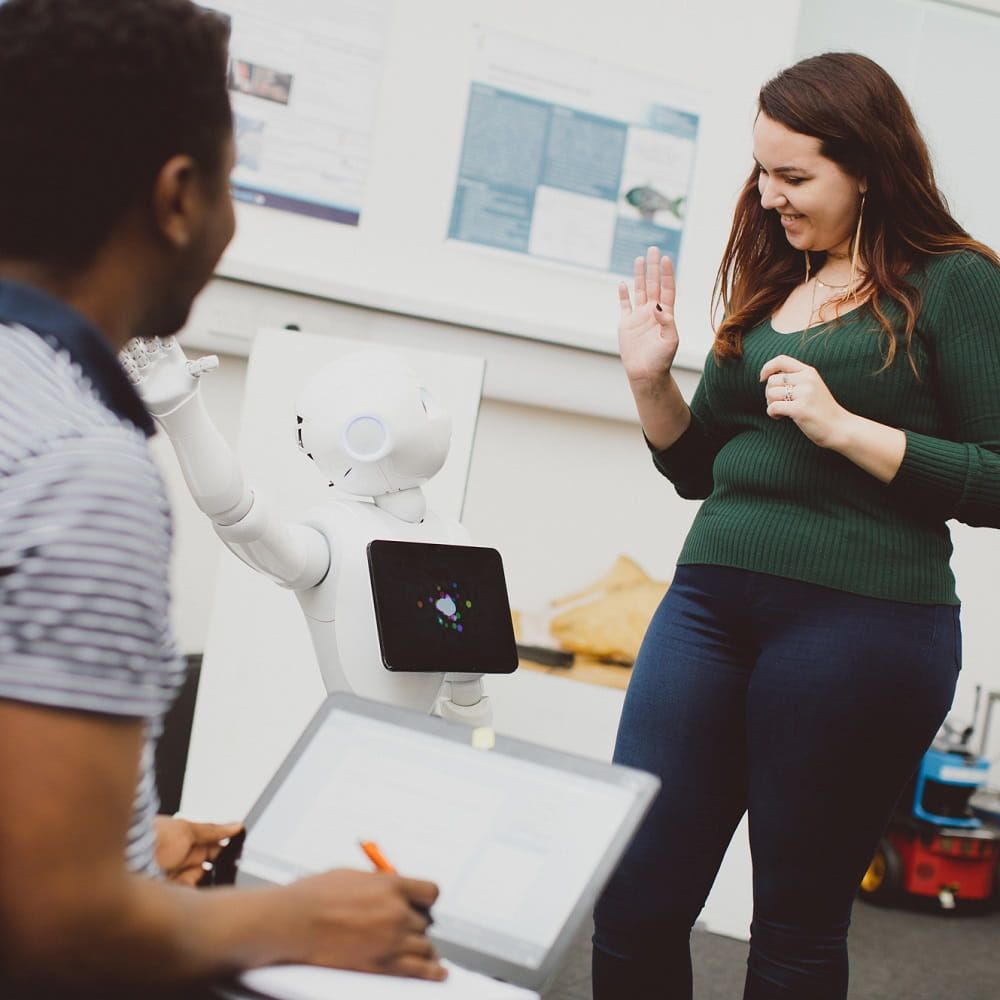Leading the robot revolution
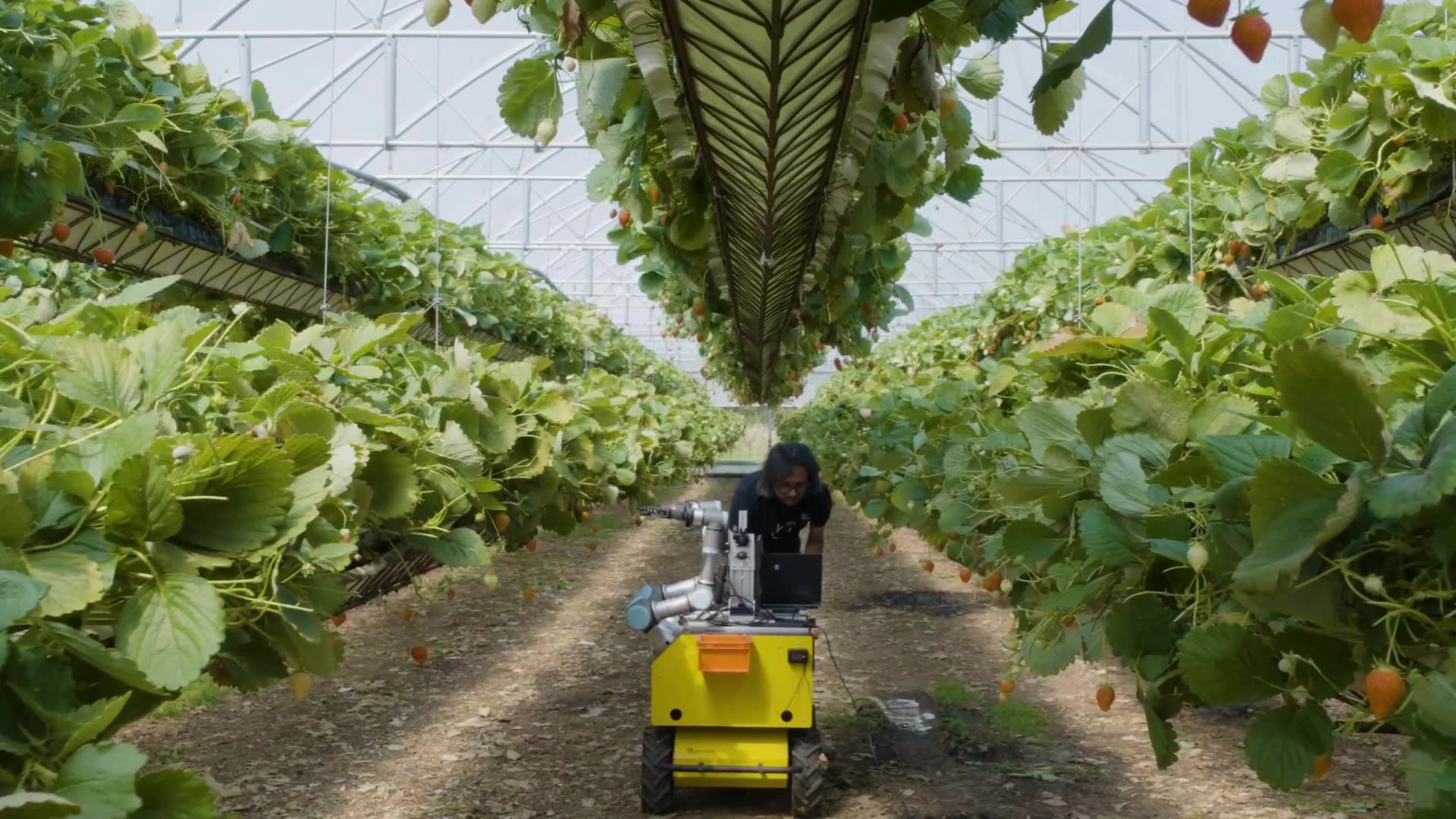
Advanced technology is being rolled out across the world to create innovative solutions to problems humans alone, cannot solve.
At Essex, academics are experimenting with cutting edge robots in a bid to enhance a range of industries, including farming and healthcare.
From harvesting strawberries to removing nuclear waste, Essex’s robots are transforming the way the world works, offering us a glimpse into an exciting and bold future.

Robots at Essex

Robotics and embedded systems are found in everyday technology, and play a huge role in how the world functions.
The Robotics Group at Essex, which is sat inside the School of Computer Science and Electronic Engineering, is focused on solving fundamental problems within existing systems and technologies, helping to improve not just their functionality, but also widen their capabilities.
The group is made up of three specialist areas, each providing major benefits to partners and stakeholders across the agricultural, healthcare, social care, manufacturing, nuclear and electronics sectors.
The Robotics and Mechatronics Lab researches the development of the more classical robots. They are mobile, autonomous, interactive and intelligent, and able to provide assistance and companionship to humans.
The Embedded and Intelligent Systems Laboratory meanwhile carries out research in the areas of Embedded Systems and System-on-Chip design with focus on security, power, performance and reliability.
The third research area, Cyber Initiative, focuses on research and education dedicated to addressing the deep integrations and close interactions among cyber systems, physical systems, and social systems, which could involve information systems, energy systems, human activities and environmental factors.
A new form of stroke rehab
There are around 1.4million stroke survivors in the UK, according to the British Heart Foundation.
While some survivors suffer minor side effects, others can lose a range of functions, including the loss of mobility in their limbs.
Essex's Dr Anirban Chowdhury is leading ground-breaking research into the use of robotics to help rehabilitate stroke survivors who are suffering with loss of upper limb mobility.
He has designed a robotic hand exoskeleton system which supports stroke rehabilitation by providing grasping and finger extension movements, much like a physiotherapist would assist with therapeutic exercises.
The arm can be controlled by the user's brain waves, allowing them to initiate finger movements independently and fostering a greater sense of control over their rehabilitation process.
Dr Chowdhury said: "We want to make the hand exoskeleton affordable and accessible to everyone in the community.
"This has the potential to revolutionise stroke rehabilitation and ensure patient care extends beyond hospitals and physiotherapy clinics and bring them to a home setting."
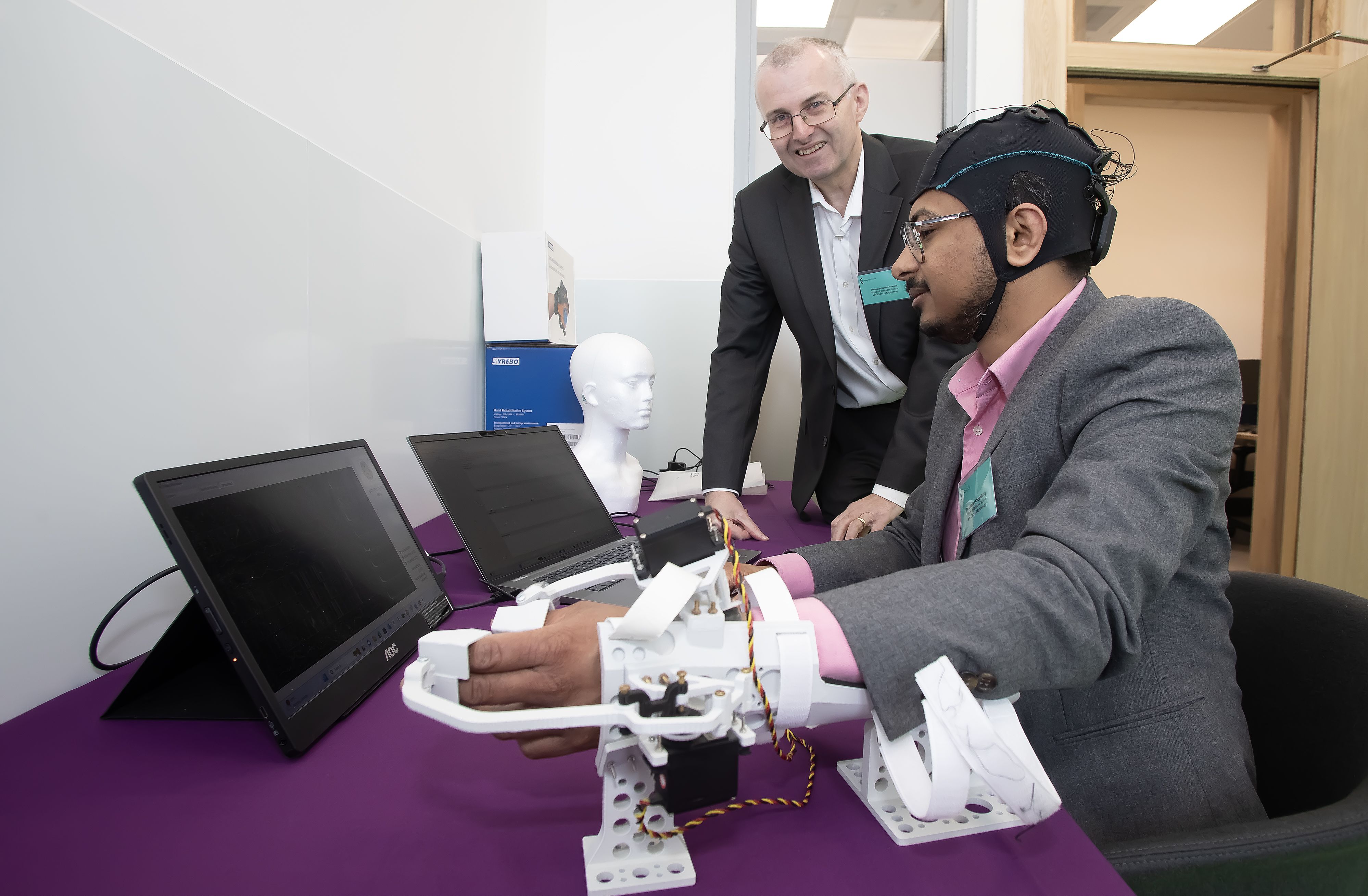
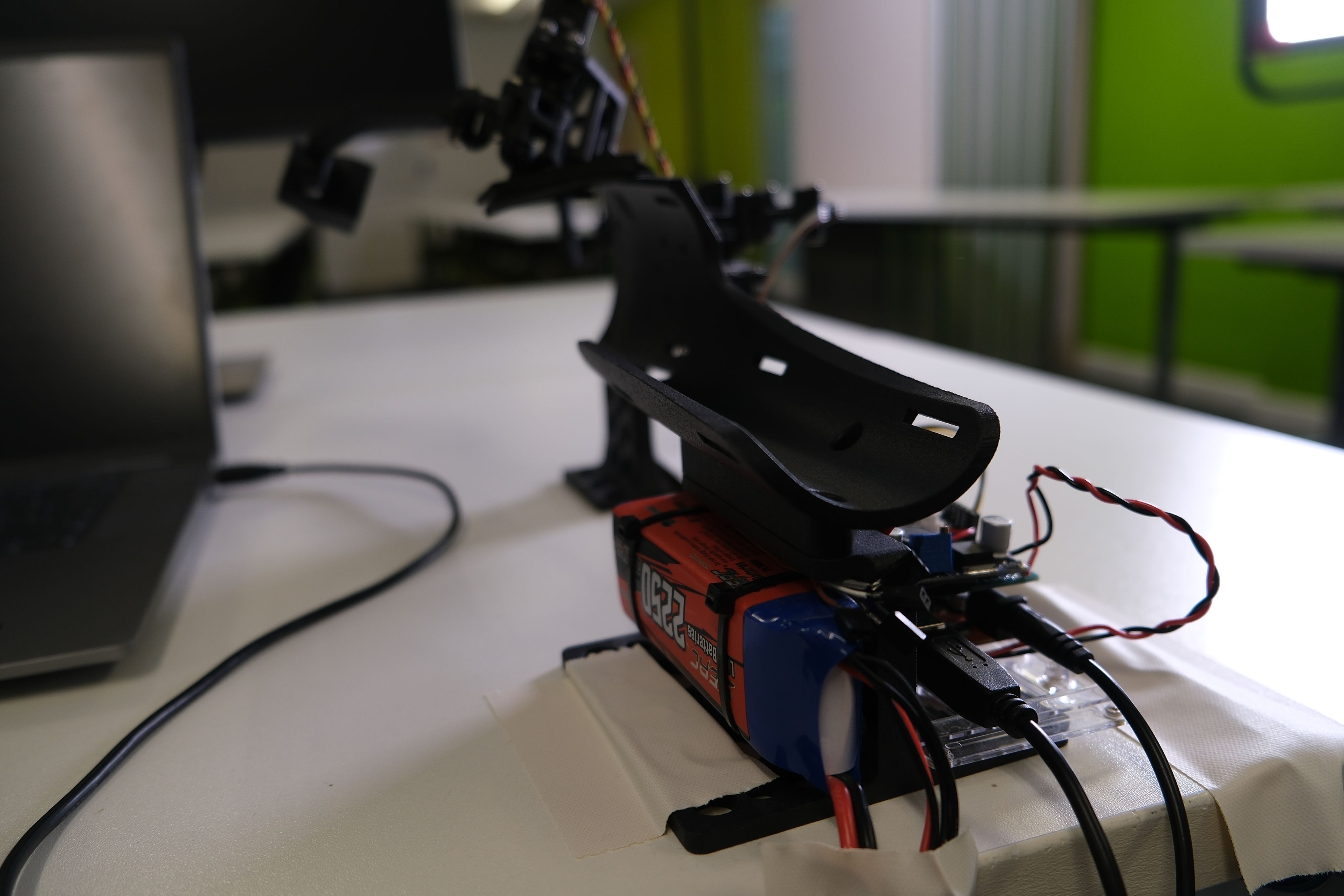
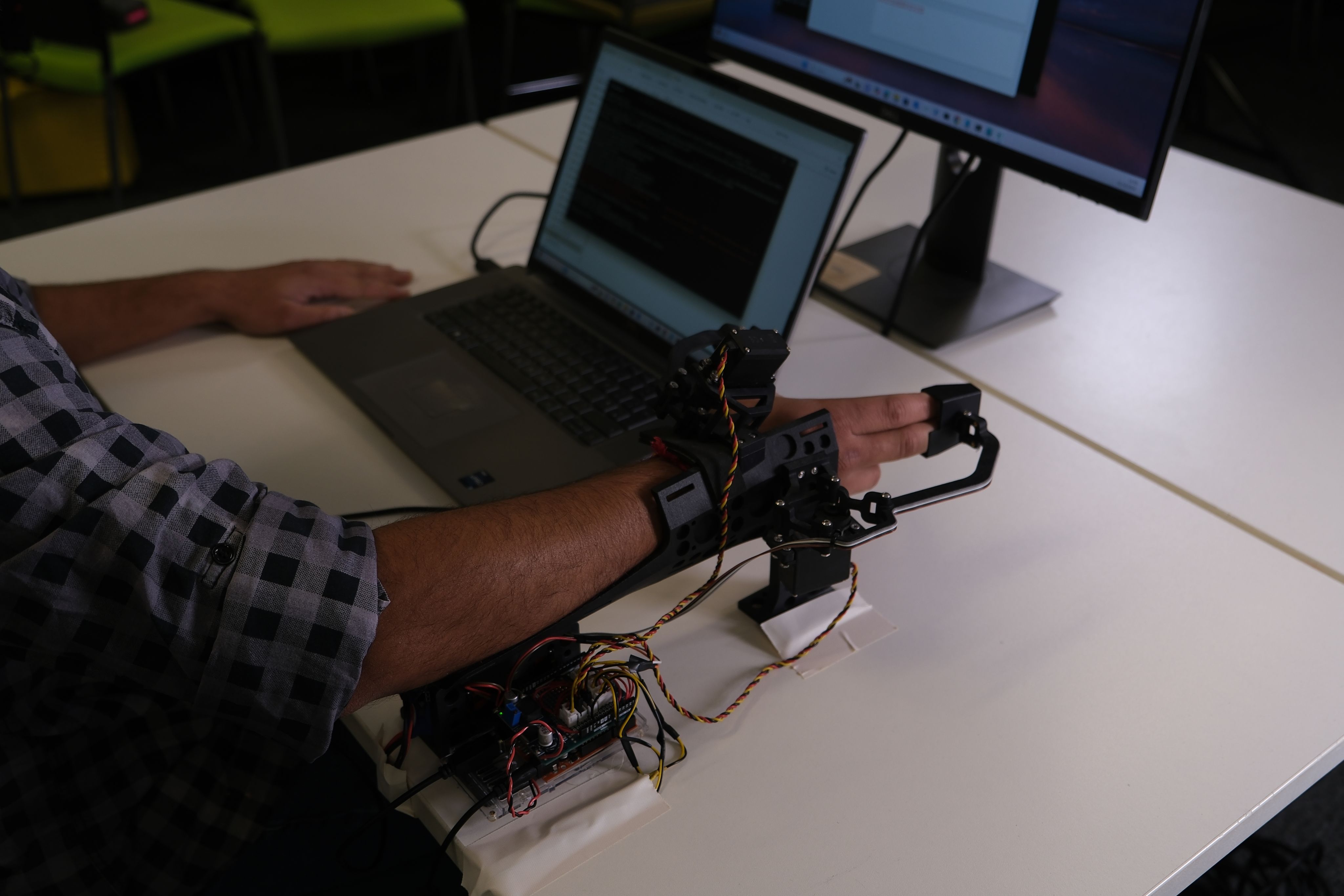
The hand exoskeleton is attached to the back of the hand with a forearm support of the stroke survivor, who then places their index and middle fingers in a brace and their thumb in another.
The robot uses the brainwaves of the host to gently move the thumb and fingers.
It is hoped by using the robotic hand exoskeleton and practicing to control it with their own brainwaves, stroke survivors will be able to rewire neurons in the brain and relearn lost finger movements in affected limbs.
Keeping track of patient health
Monitoring and tracking patients during their daily lives continues to be a challenge for healthcare professionals.
Remote monitoring can be crucial for detecting early warning signs of conditions, but improving reliability and making an effective impact on patients' lives remain key issues.
Essex’s Dr Delaram Jarchi is helping design the next generation of wearable sensors, using her knowledge of machine learning and AI to enhance the technology and make it as accurate as possible.
Dr Jarchi has been involved in developing smart sensing systems for movement analysis in several healthcare applications such as gait monitoring of orthopaedic patients, and gait analysis of Parkinson’s disease.
She has also made contributions to respiratory monitoring of patients in intensive care units, sleep analysis using motion and optical sensors, and the detection of COVID-19 using machine learning.
Dr Jarchi said: “The main objective has been to develop smart sensor-based platforms for healthcare applications to monitor patients remotely and in their home environments.
"Such platforms will provide long term monitoring of patients which can help improve patients’ quality of life.”
Dr Jarchi’s latest research work is focused on machine learning and the use of artificial intelligence (AI) based generative models using various sensors for healthcare applications, agriculture, and movement analysis of animals.
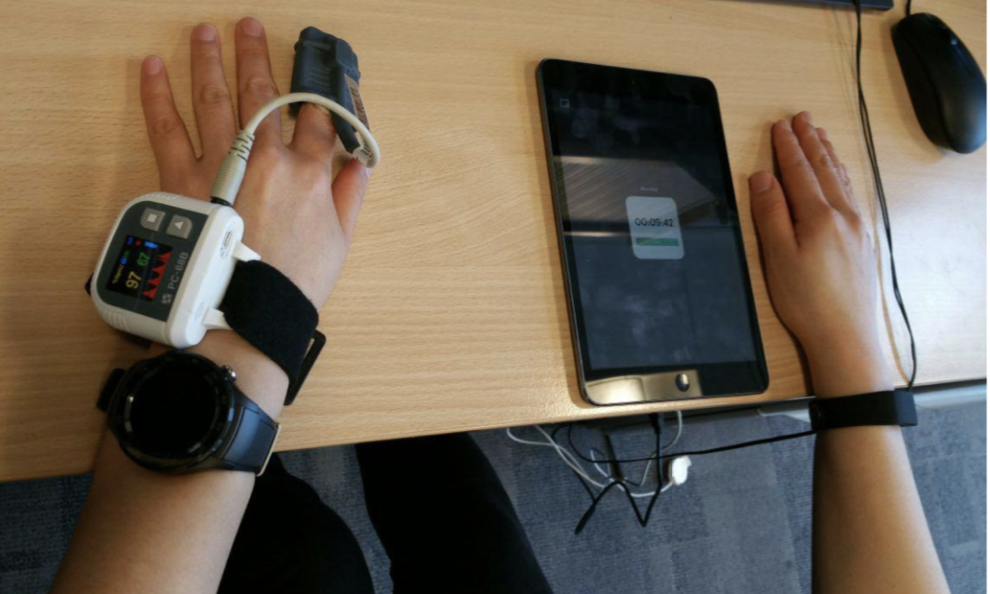
One large step for nanorobots
Though small in size, microrobots have a seemingly large role to play in the future of healthcare provision.
Essex's Dr Ali Hoshiar is spearheading innovative research into the use of tiny and soft robots, which could hold the key to enhancing a range of medical interventions and treatments.
The robots are made of nano size magnetic particles to ensure they are non-invasive and once placed inside the body, can be controlled and moved using a powerful magnet on the body's surface.
If successful, it is hoped the Engineering and Physical Sciences Research Council backed project, called InTarget, could transform cancer treatments, with the robots used to carry drugs to specific parts of the body.
Current methods, which predominantly consist of injecting medication into a patient’s bloodstream, means it travels around the body, rather than focusing solely on cancer cells in specific areas.
It is hoped a more targeted approach using microrobots will reduce the side affects of treatments and improve efficiency.
Dr Hoshiar said: "The vision of drug-carrying microrobots draws inspiration from Asimov’s science fiction—miniaturized submarines navigating bloodstreams to deliver drugs to the brain.
"Today, breakthroughs in micro/nanotechnology, robotics, and AI have brought us closer than ever to realising this dream.
"Through this project, we aim to make a step change in advancing this technology and hope to deliver microrobots that can precisely reach and treat their target sites."
A new way of harvesting strawberries
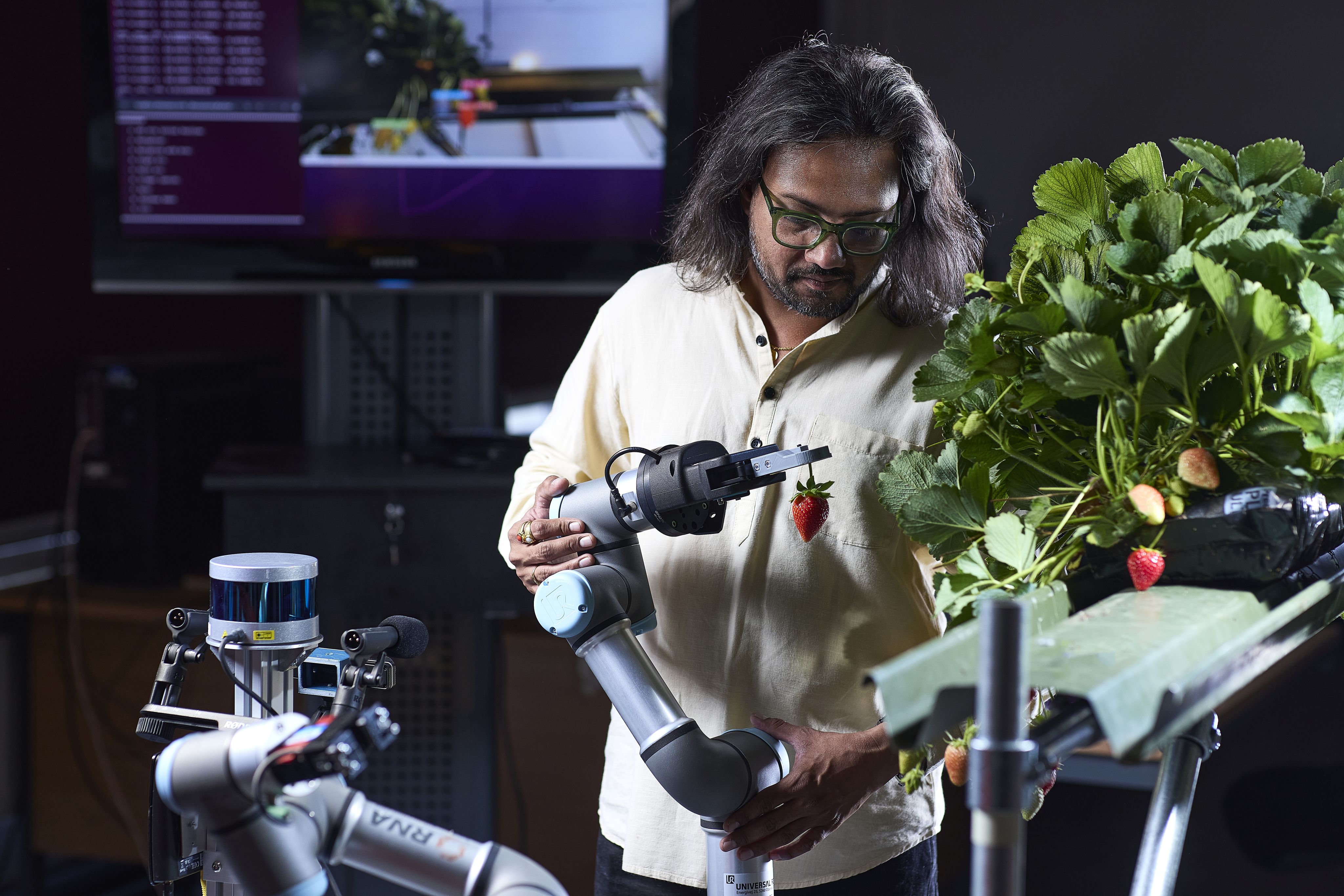
A labour shortage is one of the many challenges facing world-famous jam makers, Wilkin and Sons.
The Tiptree-based firm has teamed up with Essex’s Dr Vishwanathan Mohan over the past few years to use his expertise to find the answers to a lack of labourers.
The solution; strawberry picking robots which can pick and package produce in a matter of seconds.
Backed by a £1.02million grant from the Department for Environment, Food and Rural Affairs, the project is exploring the development of a low-cost, fully automated robot which resolve the decline in strawberry pickers.
Existing crop-picking robots cost on average around £150,000 but if successful, the new prototype will cost a fraction of the price at around £10,000.
Chris Newenham, Joint Managing Director at Wilkin and Sons, said: “It is work which is definitely not for the faint hearted but we are confident that we are working with the very best partners and very much looking forward to seeing the fruits of our collective labours over the coming years.”
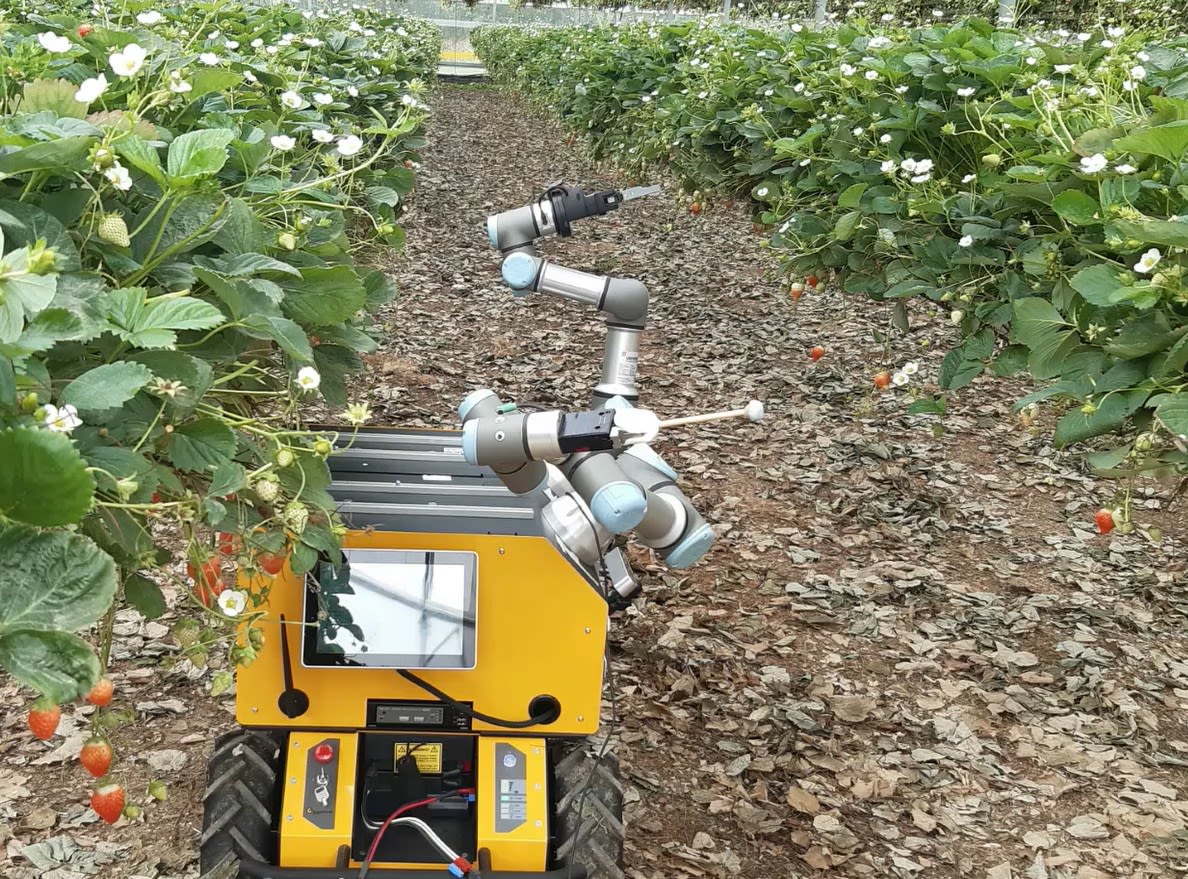
Removing nuclear waste

Cleaning up the UK’s 4.9 million tonnes of nuclear waste is the largest and most complex environmental remediation task in the whole of Europe.
Much of this work must be done by robots because the materials are too hazardous for humans, however, many of the necessary robotic solutions have not yet been developed.
Essex is part of the National Centre for Nuclear Robotics (NCNR) consortium which is developing state-of-the-art technology to solve the problem of nuclear waste.
The team has already uncovered a new perspective on artificial intelligence (AI) and machine learning which could make robots more resilient than ever before.
The Essex team, led by Professor Klaus McDonald-Maier will continue their research into extending the lifetime and increasing reliability of robot sensors and control systems in radioactive environments.
Professor McDonald-Maier said: "Although our focus has been on the nuclear domain, our research has developed fundamental robotics, embedded systems and AI capabilities that are applicable across other extreme areas such as offshore environments, in space and mining.
"With additional applications possible, such as bomb disposal, firefighting and rescue robotics, this research will remain relevant for decades to come.”
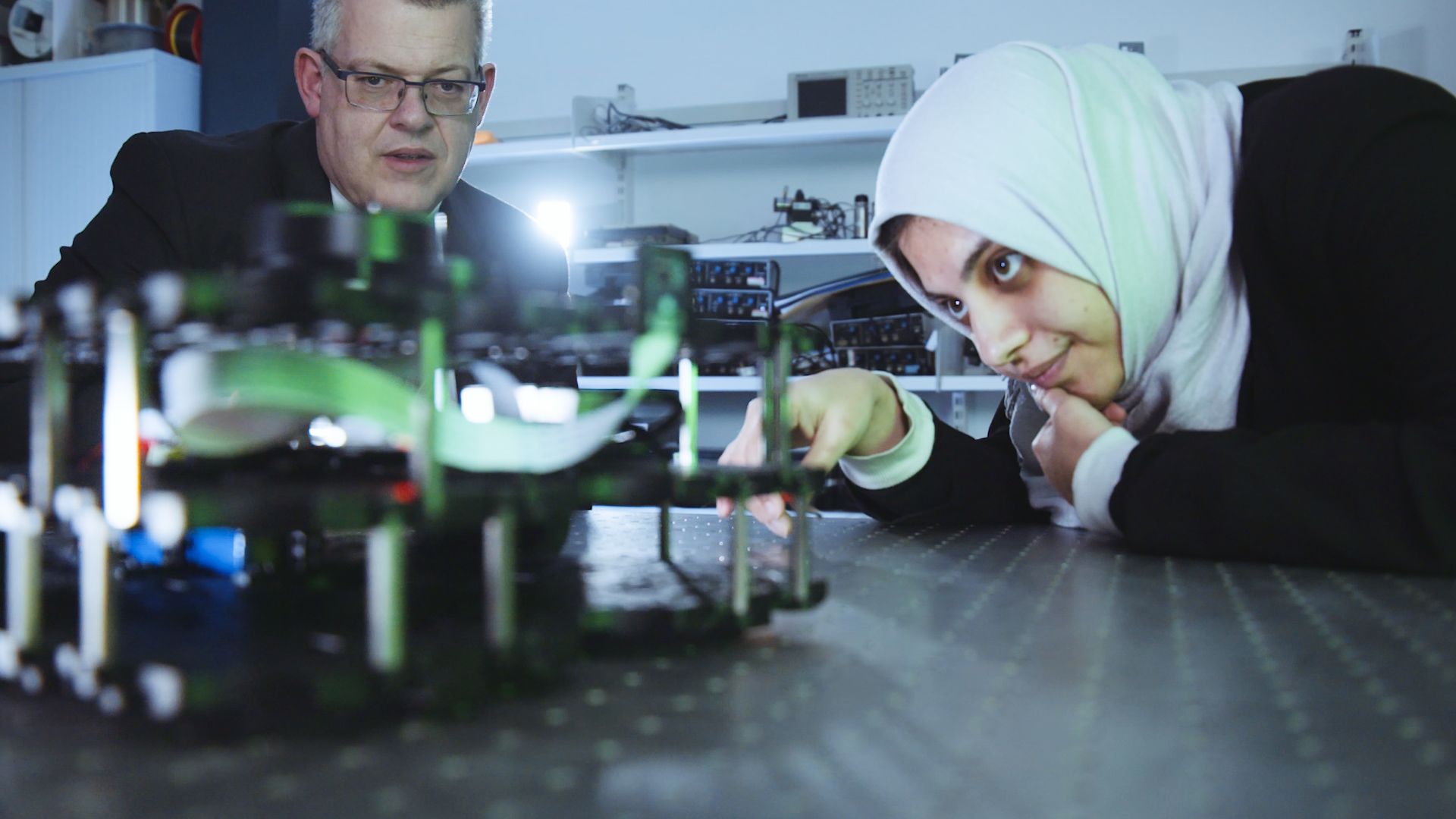
Find out more
Robots and Embedded systems at Essex
The research benefits a range of users and stakeholders in Agricultural robotics, Assistive robotics for Social Care, Manufacturing, Electronic Products, Automotive and Nuclear Robotics.
School of Computer Science and Electronic Engineering
At Essex we teach and research at Undergraduate, Masters and Postgraduate Research levels, in all these areas and more.
Sixty Stories
We’re celebrating 60 years of making change happen. 60 years of boldness and bravery from our students past and present. 60 years of creating change.

